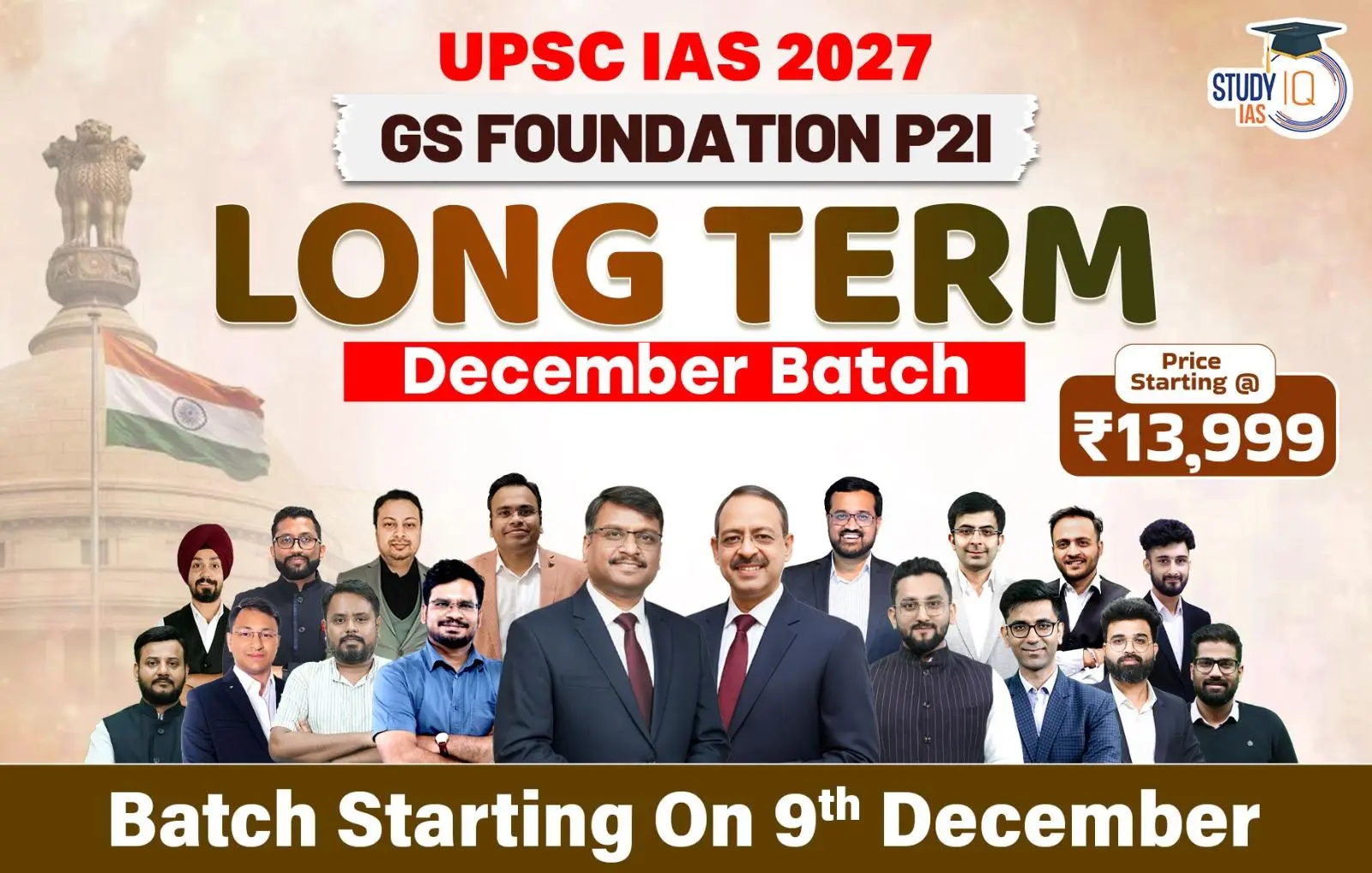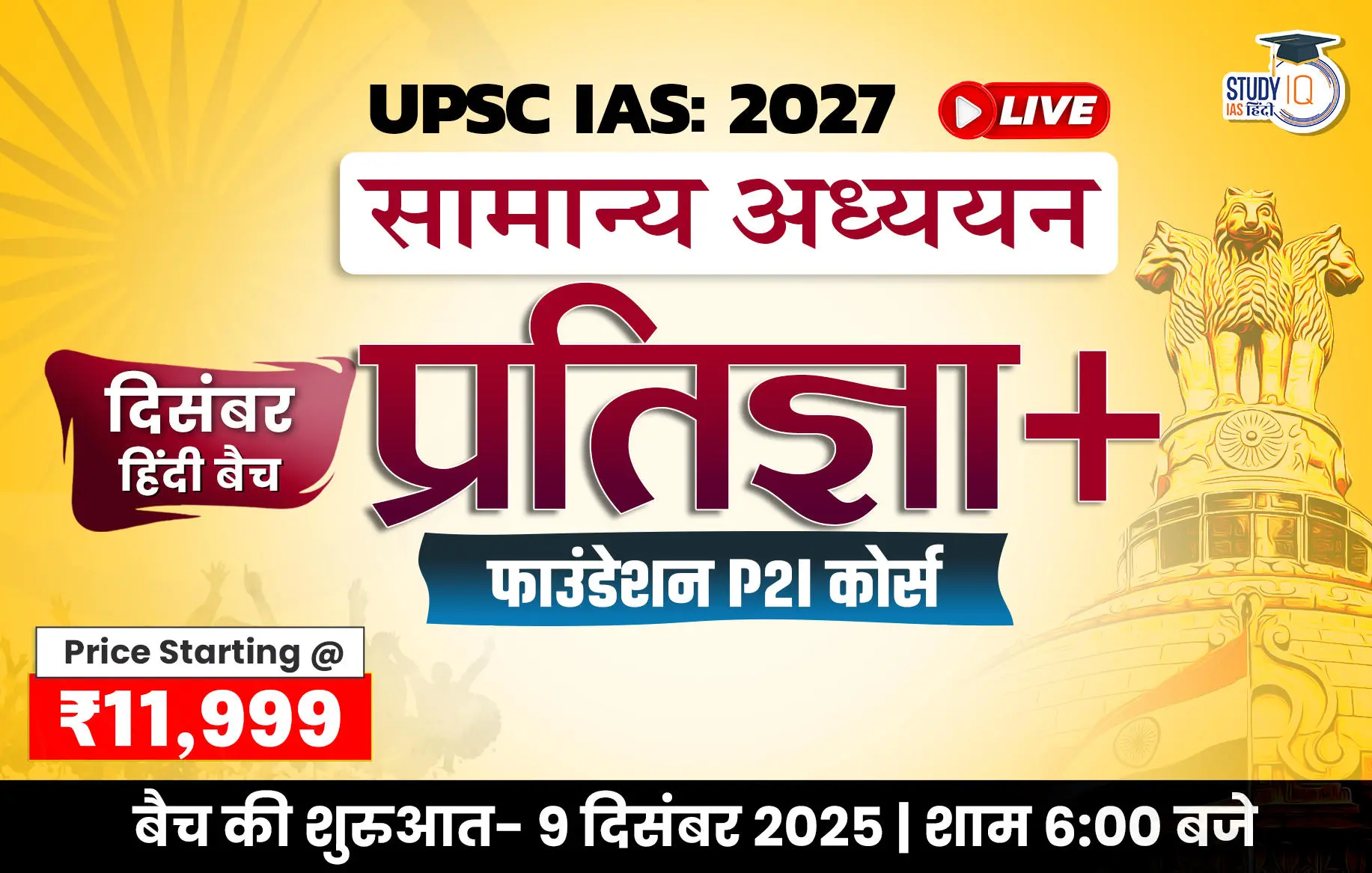Table of Contents
Context: According to NHFS-5, 67.1% of children and 59.1% of adolescent girls in India are anaemic.
About Anaemia
- Anaemia is a blood disorder that occurs when the body doesn’t have enough healthy red blood cells or haemoglobin.
- This prevents the body from delivering enough oxygen to organs and tissues.
- Vulnerable Population: Children under 5 years of age, menstruating adolescent girls, women and pregnant and postpartum women.
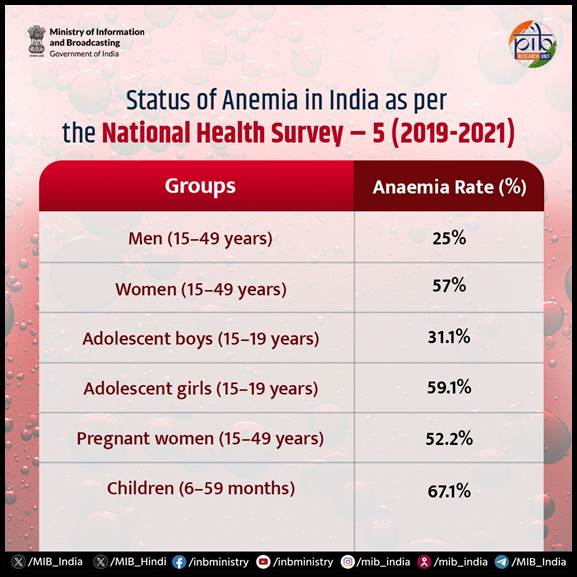
Causes of Anaemia
- Iron-Deficiency Anaemia: Only 9% of anaemic cases could be attributed to iron deficiency.
- Unknown Causes: 22% of cases were linked to unmeasured or unknown factors, which could include:
- Deficiencies in Vitamin B12 or folate.
- Hemoglobinopathies (genetic disorders affecting haemoglobin).
- Undetected blood loss.
- Unhygienic environments or air pollution.
Anaemia Mukt Bharat
Anaemia Mukt Bharat was launched in 2018 with a 6x6x6 strategy under which there are six interventions to reduce the prevalence of anaemia (nutritional and non-nutritional) in six age groups.
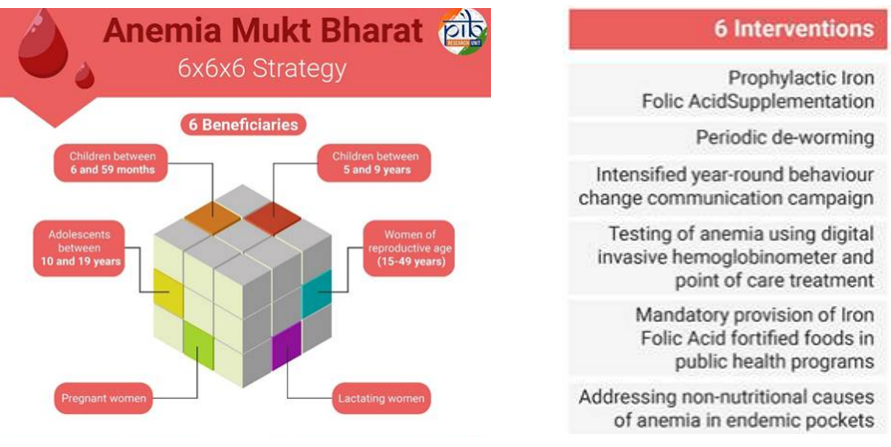
Manage Anaemia before Pregnancy
Anaemia, especially Iron Deficiency Anaemia (IDA), continues to be a silent yet deadly health issue among women of reproductive age in India. Over 57% of women in this demographic are anaemic, often entering pregnancy with dangerously low haemoglobin levels. This severely affects maternal and perinatal health outcomes.
Challenges
- Late Detection: Anaemia is often undiagnosed before conception, leading to complications like pre-eclampsia, low birth weight, postpartum haemorrhage, and preterm births.
- Over-reliance on Oral IFA: Oral Iron-Folic Acid (IFA) supplementation is poorly absorbed, causes gastrointestinal issues, and has low adherence, especially during pregnancy.
- Neglect of Other Causes of Anaemia: Vitamin B12 deficiency (affecting ~49% of women), thyroid disorders, and gestational diabetes often go unscreened, reducing the efficacy of IFA-only treatments.
- Lack of Focus on Preconception Health: Health policies are mostly pregnancy-centric rather than pre-pregnancy-focused.
- Social Disregard for Preconception Care: Preconception check-ups are not culturally or systemically emphasised, leading to missed opportunities for early interventions.
| Government Initiatives |
|
Solutions
- Reframe Maternal Health: Move from pregnancy-based care to preconception-based care as a preventive strategy.
- Adopt Intravenous Ferric Carboxymaltose (IV FCM): IV FCM bypasses absorption issues and rapidly restores haemoglobin — a game-changer for moderate to severe anaemia.
- Combined Nutrient Therapy: Use injectable Vitamin B12 + Folate + IV Iron for holistic and refractory anaemia treatment.
- Comprehensive Preconception Screening: Include thyroid function, blood sugar, and Vitamin B12 in preconception check-ups.
- Strengthen Community Engagement: Empower ASHA and Anganwadi workers to promote preconception health in existing maternal programs.
- Policy and Behavioural Shifts: Normalise preconception care just like antenatal care.
- Encourage families to support early health check-ups.
| UPSC PYQ |
Q. Consider the following statements in the context of interventions being undertaken under Anaemia Mukt Bharat (2023)
How many of the statements given above are correct? (a) Only one (b) Only two (c) Only three (d) All four Answer: C |

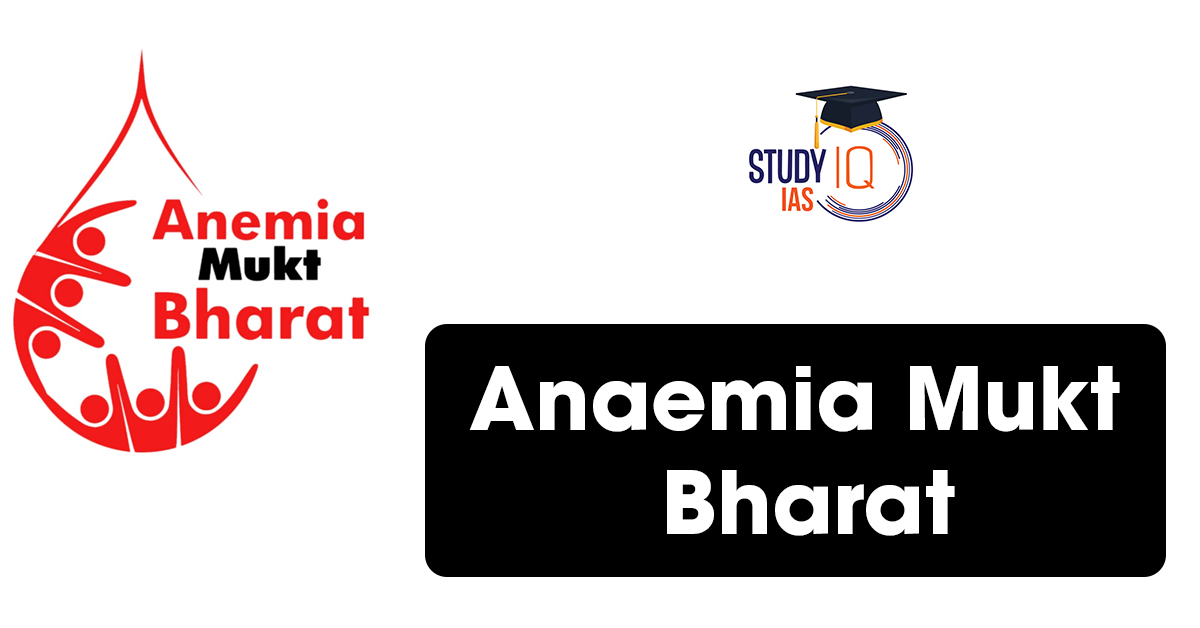
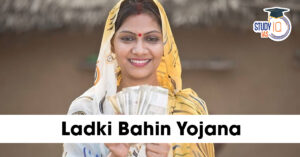 Mukhyamantri Majhi Ladki Bahin Yojana, O...
Mukhyamantri Majhi Ladki Bahin Yojana, O...
 PM MITRA Parks, Objectives, Key Features...
PM MITRA Parks, Objectives, Key Features...
 Rashtriya Gokul Mission (RGM), Objective...
Rashtriya Gokul Mission (RGM), Objective...

